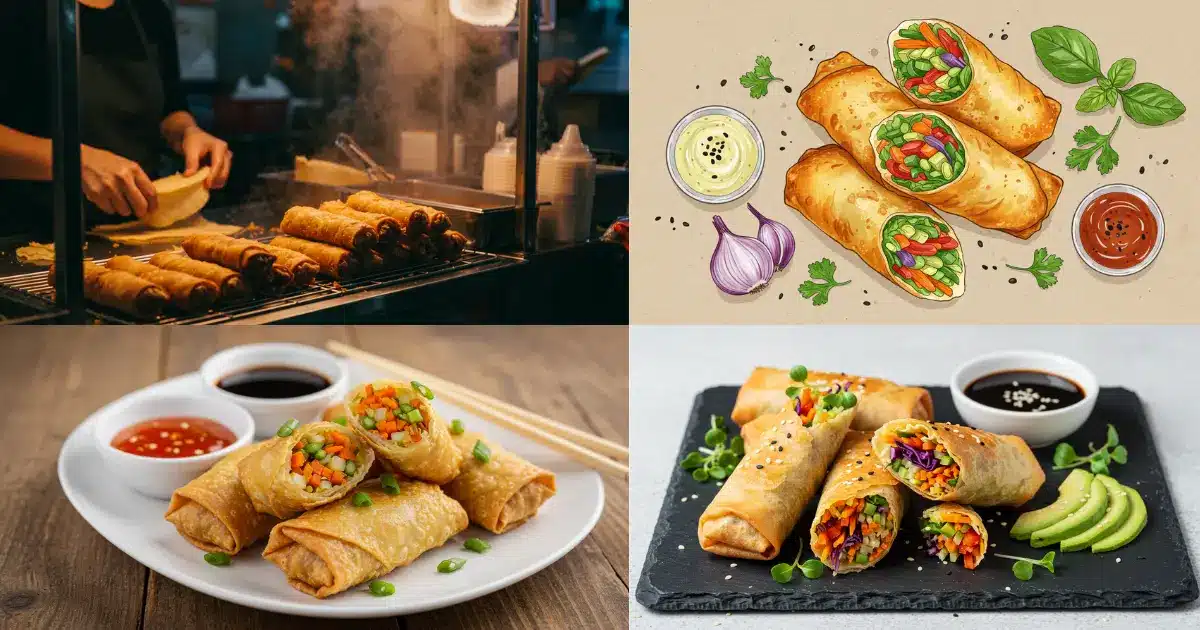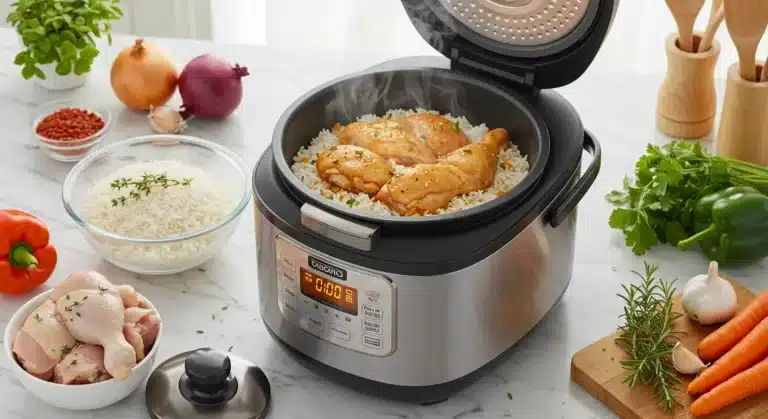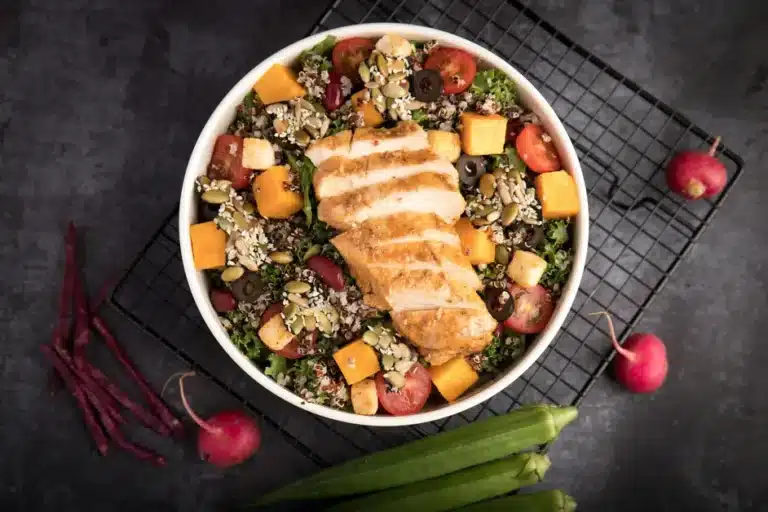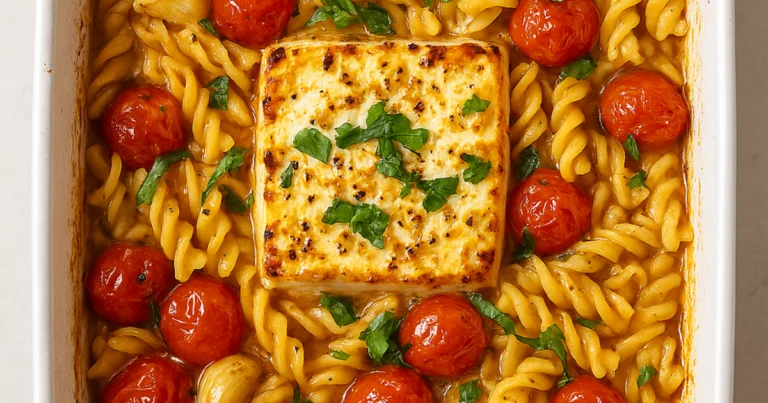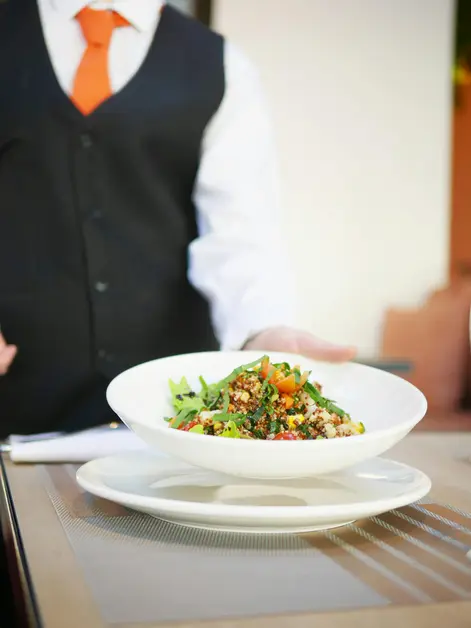Crispy Homemade Vegetable Egg Rolls: A Fusion of Asian Flavors Made Simple
Discover how to make perfectly crispy vegetable egg rolls at home with our authentic recipe. Learn expert folding techniques, two delicious variations, and healthier cooking options for this beloved appetizer.
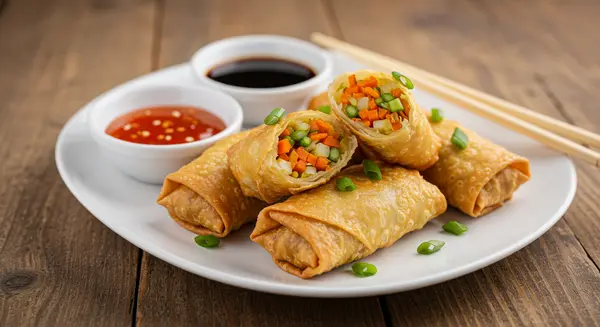
Table of Contents
Introduction: My Journey With Egg Rolls
There’s something magical about biting into a perfectly crispy egg roll – that satisfying crunch followed by the burst of savory vegetables and aromatic spices. I still remember my first attempt at making these delightful parcels. The kitchen was a disaster zone of scattered cabbage, misshapen wrappers, and oil splatters everywhere. But that first taste? Pure bliss that was worth every minute of chaos.
Today, I’m sharing my perfected vegetable egg roll recipe that combines traditional Chinese techniques with Indian-inspired flavors. After years of testing and tweaking, this recipe produces consistently crispy, flavorful egg rolls that will rival your favorite restaurant’s version – all without a drop of alcohol that many commercial versions secretly include.
Whether you’re preparing appetizers for a dinner party, looking for crowd-pleasing finger food, or simply craving a delicious homemade snack, these versatile vegetable egg rolls will become your new go-to recipe. Let’s begin this culinary adventure together!
What Makes a Perfect Vegetable Egg Roll?
The humble egg roll has a rich history spanning multiple Asian cuisines. While most commonly associated with Chinese cuisine in the West, variations exist across East and Southeast Asia. Traditional Chinese vegetable egg rolls (春卷, chūnjuǎn) are typically filled with cabbage, carrots, and other vegetables, while Indian-inspired egg rolls often incorporate more aromatic spices like cumin, coriander, and garam masala.
The key elements of a truly exceptional vegetable egg roll include:
- The perfect wrapper: Crispy on the outside while remaining slightly chewy
- Well-seasoned filling: Vegetables cooked to the ideal texture – never mushy
- Balanced flavors: A harmonious blend of savory, slightly sweet, and aromatic notes
- Proper technique: Tight rolling and secure sealing to prevent oil absorption
Essential Ingredients for Authentic Vegetable Egg Rolls Recipe
For the Filling:
- 2 cups green cabbage, finely shredded
- 1 cup red cabbage, finely shredded (adds beautiful color contrast!)
- 1 cup carrots, julienned or grated
- 1/2 cup bean sprouts, fresh
- 3 green onions, thinly sliced
- 2 cloves garlic, minced
- 1 tablespoon fresh ginger, grated
- 1/4 cup shiitake mushrooms, diced (optional, but adds wonderful umami)
- 1/2 cup water chestnuts, diced (for that signature crunch)
- 2 tablespoons soy sauce (low-sodium preferred)
- 1 tablespoon sesame oil
- 1 teaspoon rice vinegar
- 1/2 teaspoon white pepper
- 1 tablespoon cornstarch mixed with 2 tablespoons water (slurry for binding)
For the Indian-Inspired Variation (additional ingredients):
- 1/2 teaspoon ground cumin
- 1/2 teaspoon ground coriander
- 1/4 teaspoon turmeric powder
- 1/2 teaspoon garam masala
- 2 tablespoons fresh cilantro, chopped
- 1 small green chili, finely diced (adjust according to heat preference)
For Assembly:
- 16-20 egg roll wrappers (6×6 inch square)
- 1 egg, beaten (for sealing wrappers)
- Vegetable or peanut oil for frying
- Small bowl of water (alternative to egg wash for vegan option)
Step-by-Step Preparation Method
Preparing the Filling:
- Prepare your vegetables: The key to exceptional egg rolls is consistency in cutting. All vegetables should be finely chopped or shredded to similar sizes for even cooking and easier rolling.
- Cook the aromatics: Heat a wok or large skillet over medium-high heat. Add 1 tablespoon of oil, then add minced garlic and grated ginger. Stir-fry for 30 seconds until fragrant but not browned.
- Add vegetables in stages: Start with the harder vegetables. Add carrots and stir-fry for 1 minute, then add both types of cabbage. Continue stir-frying for 2-3 minutes until vegetables begin to soften but still maintain some crispness.
- Add remaining vegetables: Mix in bean sprouts, water chestnuts, mushrooms (if using), and green onions. Stir-fry for an additional 1-2 minutes.
- Season the mixture: Pour in soy sauce, sesame oil, and rice vinegar. Add white pepper and toss until well combined. For the Indian-inspired variation, add cumin, coriander, turmeric, garam masala, cilantro, and green chili at this stage.
- Thicken and cool: Add the cornstarch slurry and stir until the mixture thickens slightly and any excess liquid is absorbed. Remove from heat and allow the filling to completely cool before assembling (hot filling will make the wrappers soggy).
Rolling Perfect Egg Rolls:
- Prepare your workstation: Place a clean, slightly damp kitchen towel over your egg roll wrappers to prevent them from drying out. Have your beaten egg or water bowl ready for sealing.
- Position the wrapper: Place an egg roll wrapper on a clean, flat surface with one corner pointing toward you (diamond orientation).
- Add the filling: Place approximately 2-3 tablespoons of filling in a horizontal line across the center of the wrapper, leaving about 1.5 inches of space on either side.
- Begin rolling: Fold the bottom corner up and over the filling, tucking it slightly under the filling to create a tight cylinder.
- Fold in the sides: Fold the left and right corners toward the center, creating an envelope shape.
- Complete the roll: Brush the top corner with beaten egg or water, then continue rolling upward until the egg roll is sealed. The wrapper should be tight around the filling without any air pockets.
- Repeat: Continue with remaining wrappers and filling, placing completed egg rolls under the damp towel to prevent drying.
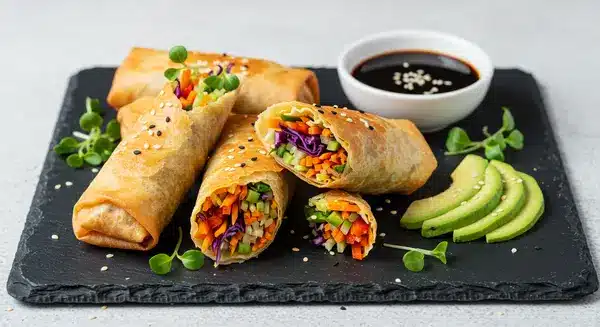
Cooking Methods:
Traditional Deep-Frying:
- Heat oil: In a deep pot or wok, heat 2-3 inches of oil to 350°F (175°C). Use a thermometer for accuracy.
- Fry in batches: Carefully add 3-4 egg rolls at a time, avoiding overcrowding. Fry until golden brown and crispy, about 3-4 minutes, turning occasionally for even browning.
- Drain: Remove with a slotted spoon and place on a wire rack lined with paper towels to drain excess oil.
Healthier Air Fryer Method:
- Preheat: Set your air fryer to 380°F (193°C) for 3 minutes.
- Prepare egg rolls: Lightly brush each egg roll with a thin layer of oil.
- Cook: Place egg rolls in a single layer in the air fryer basket, leaving space between each for air circulation. Cook for 7 minutes, then flip and cook for additional 3-5 minutes until golden and crispy.
Oven-Baked Option:
- Preheat oven: Set to 425°F (220°C) and line a baking sheet with parchment paper.
- Prepare egg rolls: Place egg rolls on the baking sheet and brush all sides generously with oil.
- Bake: Cook for 15-20 minutes, turning halfway through, until golden brown and crispy.
Serving Suggestions and Dipping Sauces
Vegetable egg rolls are versatile and pair beautifully with various dipping sauces:
Classic Sweet Chili Sauce:
- 1/2 cup rice vinegar
- 1/2 cup granulated sugar
- 1/4 cup water
- 2 garlic cloves, minced
- 1-2 teaspoons red pepper flakes
- 1 tablespoon cornstarch mixed with 2 tablespoons water
Combine all ingredients except cornstarch slurry in a small saucepan. Bring to a simmer, then add cornstarch slurry and cook until thickened.
Simple Soy-Ginger Dipping Sauce:
- 1/4 cup soy sauce
- 2 tablespoons rice vinegar
- 1 teaspoon grated fresh ginger
- 1 teaspoon honey or maple syrup
- 1/2 teaspoon sesame oil
- Sliced green onions for garnish
Whisk all ingredients together and serve at room temperature.
Indian-Inspired Mint-Cilantro Chutney:
- 1 cup fresh cilantro leaves
- 1/2 cup fresh mint leaves
- 1 small green chili
- 1 tablespoon lemon juice
- 1/4 teaspoon cumin powder
- Salt to taste
- 2-3 tablespoons water
Blend all ingredients until smooth, adjusting water for desired consistency.
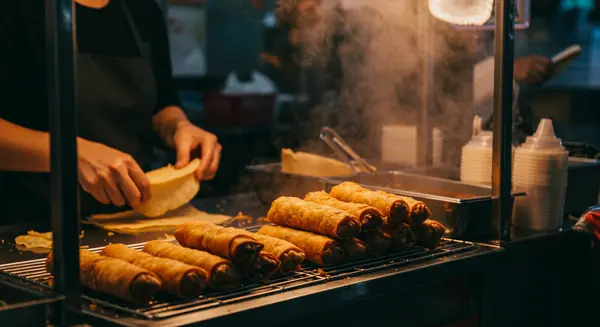
Make-Ahead and Storage Tips
One of the best things about vegetable egg rolls is their make-ahead potential:
Preparing in Advance:
- Filling: Can be made up to 2 days ahead and stored in an airtight container in the refrigerator.
- Rolled but uncooked egg rolls: Can be prepared up to 24 hours in advance. Arrange in a single layer on a parchment-lined tray, cover with plastic wrap, and refrigerate.
- For longer storage: Freeze uncooked egg rolls in a single layer until solid, then transfer to a freezer bag. Store for up to 3 months.
Cooking from Frozen:
- Deep-frying: Add frozen egg rolls directly to hot oil (350°F/175°C) and cook for 5-6 minutes.
- Air fryer: Cook at 380°F (193°C) for 8-10 minutes, flipping halfway through.
- Oven: Bake at 425°F (220°C) for 20-25 minutes, turning halfway.
Storing Cooked Egg Rolls:
- Let cool completely before refrigerating in an airtight container for up to 3 days.
- To reheat, place in a 350°F (175°C) oven for 10 minutes or air fryer at 350°F for 3-4 minutes to restore crispiness.
Troubleshooting Common Issues
Even experienced cooks encounter challenges with egg rolls. Here are solutions to common problems:
Wrapper Tears During Rolling:
- Ensure your filling has cooled completely before rolling
- Don’t overfill the wrappers (2-3 tablespoons is plenty)
- Keep unused wrappers covered with a damp cloth
- Check that filling doesn’t contain sharp edges (like bean sprouts sticking out)
Egg Rolls Absorbing Too Much Oil:
- Verify oil temperature with a thermometer (too low = greasy egg rolls)
- Ensure wrappers are sealed completely
- Don’t overcrowd the frying pan
- Place on a wire rack after frying, not directly on paper towels
Filling Too Watery:
- Cook vegetables until excess moisture evaporates
- Add cornstarch slurry to bind extra liquid
- Allow filling to cool completely before using
Health Benefits of Homemade Vegetable Egg Rolls
Making egg rolls at home offers significant health advantages over restaurant or store-bought versions:
- Reduced sodium: Control the amount of soy sauce and salt
- No preservatives or additives: Commercial egg rolls often contain flavor enhancers and preservatives
- Customizable vegetables: Increase nutritional value by adding more colorful vegetables
- Cooking method options: Choose air-frying or baking for a lower-fat version
- Portion control: Make mini egg rolls for lighter appetizers
Cultural Significance and Variations
Chinese Vegetable Egg Rolls (春卷, Chūnjuǎn):
Traditional Chinese spring rolls are often associated with Lunar New Year celebrations, symbolizing wealth and new beginnings. The cylindrical shape represents gold bars, bringing prosperity in the coming year. Chinese egg rolls typically focus on simple, clean flavors with cabbage as the main ingredient.
Indian-Inspired Vegetable Egg Rolls:
While not traditionally Indian, fusion egg rolls incorporating Indian spices have become increasingly popular. The aromatic blend of spices creates a more complex flavor profile that pairs beautifully with the crispy wrapper. These are often served as “Chinese” street food throughout India, showing the beautiful cultural exchange between these ancient civilizations.
FAQ Section
Q: Can I make these egg rolls vegan?
A: Absolutely! Simply use water instead of egg wash to seal the wrappers. Most store-bought egg roll wrappers are already vegan (despite the name “egg roll”), but check the ingredients to be certain.

Q: How do I keep my egg rolls crispy for a party?
A: Keep them warm in a 200°F (93°C) oven on a wire rack. Avoid covering them, as steam will soften the wrappers. For best results, fry in batches as guests arrive.
Q: Can I add protein to these vegetable egg rolls?
A: Yes! Consider adding 1 cup of crumbled firm tofu, cooked and shredded chicken, or small cooked shrimp to the filling mixture.
Q: Where can I find egg roll wrappers?
A: Most grocery stores carry them in the refrigerated section near tofu or fresh pasta. Asian markets always have them in stock, often with several varieties to choose from.
Q: What’s the difference between egg rolls and spring rolls?
A: Egg rolls typically use a thicker wrapper containing egg, while spring rolls use a thinner rice paper wrapper. Egg rolls are usually fried, while spring rolls can be fresh or fried depending on the variety.
Q: Are vegetable egg rolls healthy?
A: Homemade vegetable egg rolls can be relatively healthy, especially when baked or air-fried. They contain a variety of vegetables and can be made with minimal oil. Traditional deep-fried versions are higher in calories and fat.
Q: How can I make my egg rolls extra crispy?
A: Double-fry them! Fry once at 325°F (163°C) for 3 minutes, let them cool for 5 minutes, then fry again at 350°F (175°C) for 1-2 minutes for maximum crispiness.
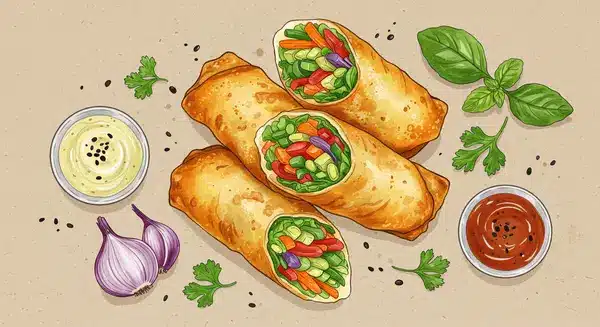
Conclusion: Creating Your Own Egg Roll Tradition
Mastering vegetable egg rolls opens up a world of culinary possibilities. Once you’ve perfected the basic technique, experiment with different fillings and flavor profiles to create your signature version. Whether you prefer the classic Chinese vegetable egg roll or want to explore the more aromatic Indian-inspired variation, the joy of serving homemade egg rolls to appreciative friends and family is unmatched.
Remember, practice makes perfect! Don’t be discouraged if your first few attempts aren’t magazine-worthy. Each batch will improve as you refine your technique. The true reward comes in that perfect bite – crispy exterior giving way to flavorful, tender vegetables within.
I’d love to hear about your egg roll adventures! Leave a comment below sharing your experience, favorite filling combinations, or questions about the recipe. Happy cooking!
for more recipes visit us!!!

